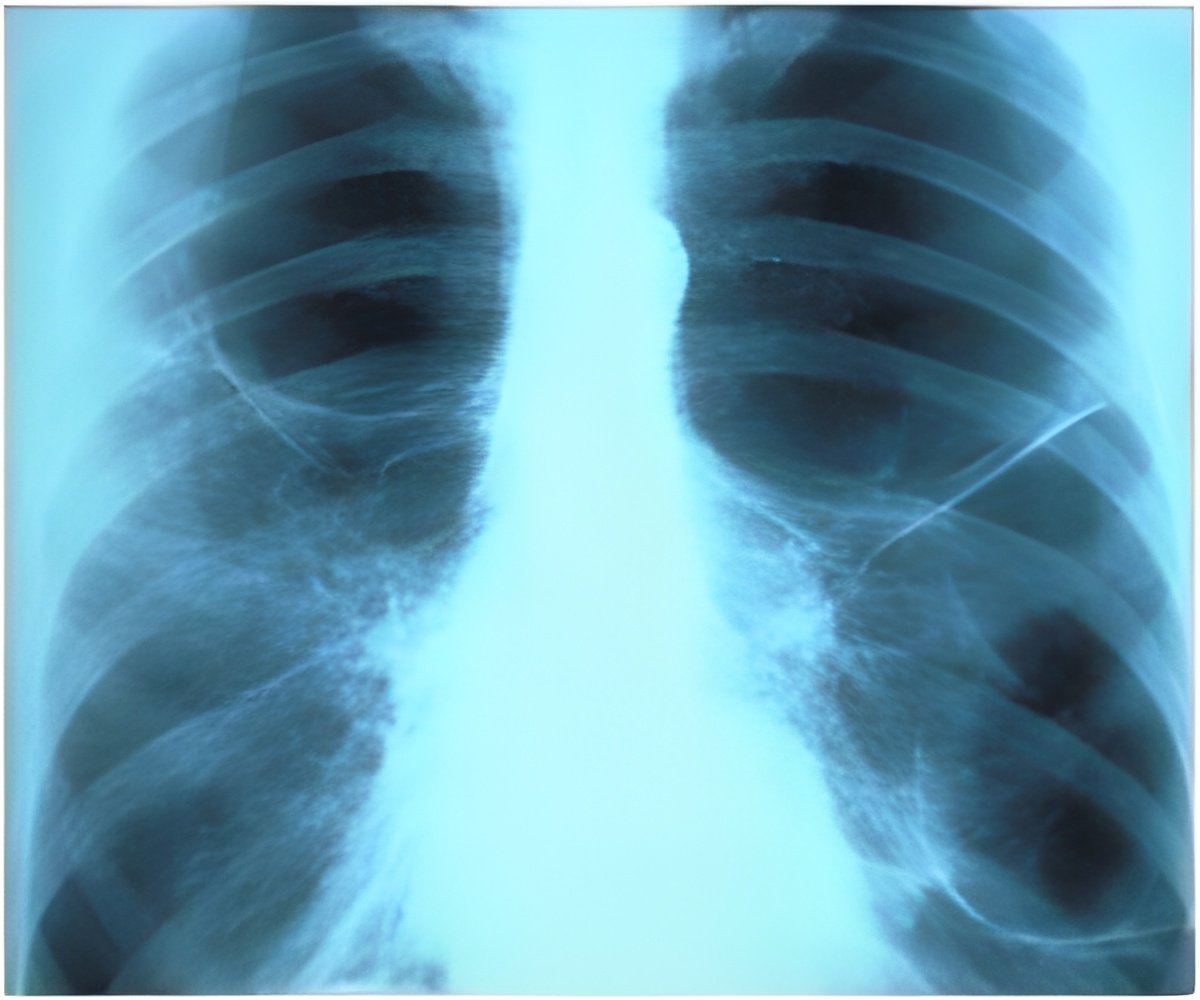Scientists are working on a simple breath test that may one day show whether someone has a strain of tuberculosis that will respond to a frontline antibiotic, or a drug-resistant type.

Strains of the microbe, which respond to the drug isoniazid, have an enzyme called KatG that reacts to the antibiotic by releasing nitrogen.
The test entails administering a small amount of isoniazid, waiting for five to 10 minutes and then taking a breath sample, which is chemically analysed by a mass spectrometer.
A positive result -- showing the presence of nitrogen -- indicates the person has a TB infection that can be safely tackled with isoniazid, one of two frontline tuberculosis treatments.
The new technique has so far been tested on a small group of rabbits and clinical trials are needed to see if it is safe and accurate in humans -- in which case it could be packaged as a portable diagnostic kit, the inventors hope.
The prototype will need refinement or be combined with other diagnostics to give physicians a broader view of a patient's TB status.
Advertisement
Multi-drug resistant versions of the virus, often deadly, have to be treated with more expensive, alternative medicines that take longer to work and can have strong side effects.
Advertisement
TB claimed 1.3 million lives worldwide last year, making it the deadliest disease after AIDS to be caused by a single infectious agent, the UN's World Health Organisation (WHO) reported in July.
Conventional sputum lab testing for TB bacteria can take up to six weeks, which is why the search is on for faster, on-the-spot diagnostics.
Source-AFP












